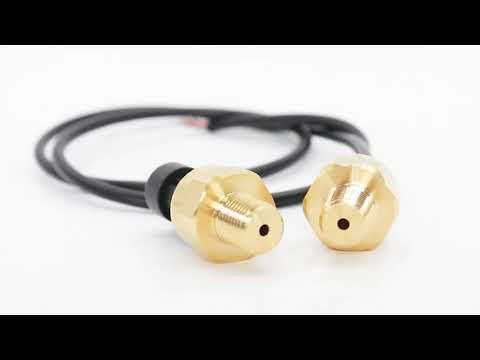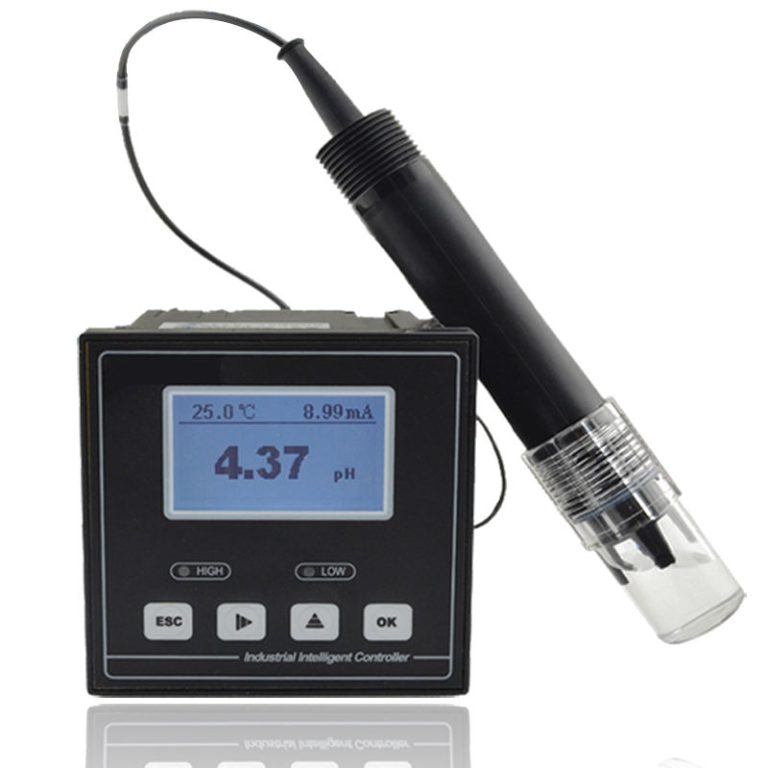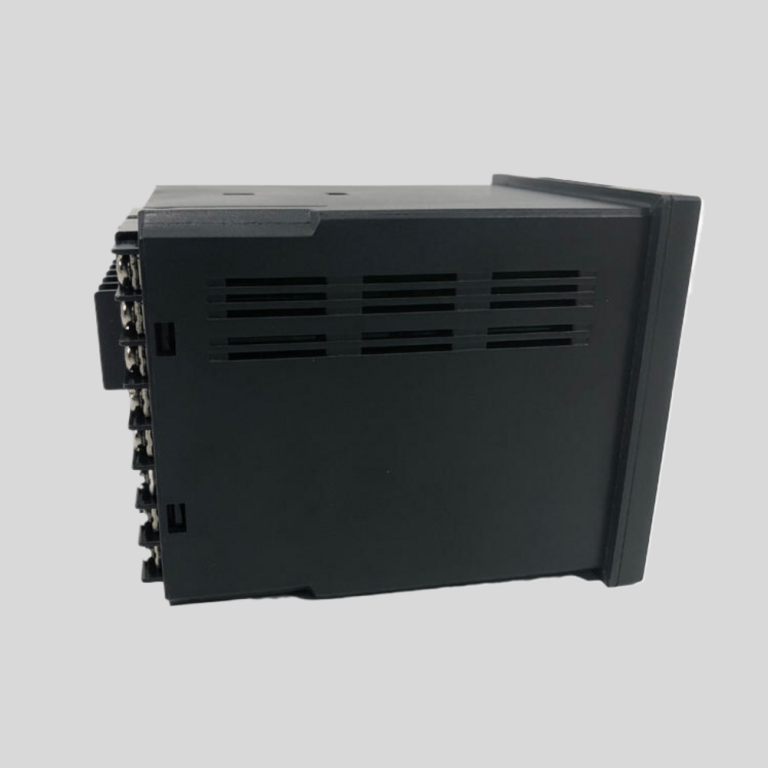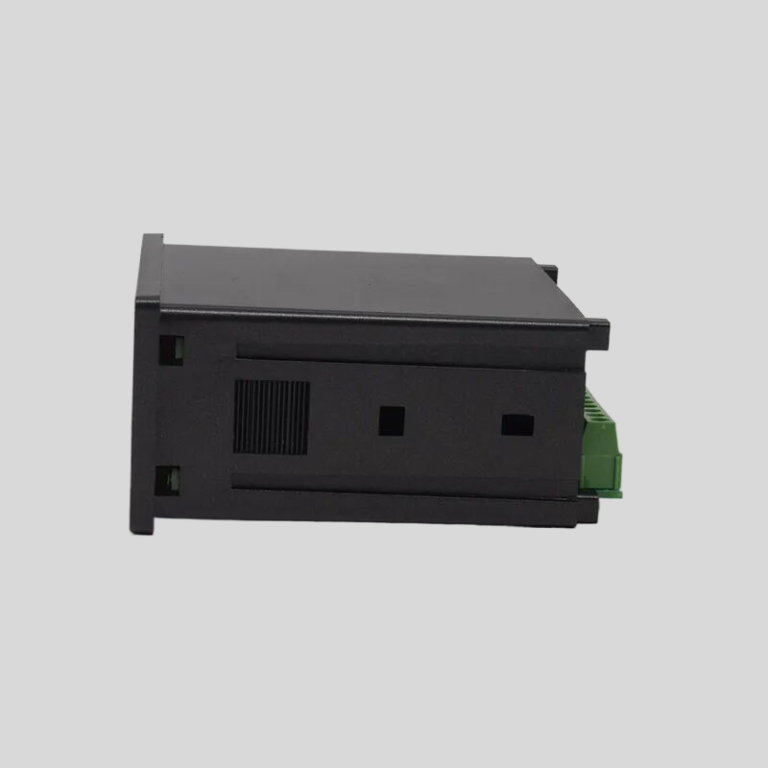“Measure with precision, control with confidence – conductivity meter for accurate results.”
Importance of Using a conductivity meter in Various Industries
Conductivity meters are essential tools used in various industries to measure the ability of a solution to conduct an electric current. This measurement is crucial in determining the purity and concentration of a solution, as well as monitoring the overall quality of the product. Conductivity meters are widely used in industries such as pharmaceuticals, food and beverage, water treatment, and chemical manufacturing.
| POP-8300 free chlorine online analyzer | ||
| System Model | POP-8300 free chlorine online analyzer | |
| Measurement configuration | (HClO)free chlorine.. | |
| total free chlorine/(ClO2)/pH/Temperature | ||
| Free chlorine | (0.00-2.00)mg/L(ppm); (0.00-20.00)mg/L(ppm) | |
| Measurement | pH | 2.00-12.00 |
| range | Temperature | (0.0-99.9)℃ |
| Free chlorine | 0.01mg/L(ppm) | |
| Resolution | pH | 0.01 |
| Temperature | 0.1℃ | |
| Free chlorine | Indication error 10% | |
| Accuracy | pH | 0.1pH |
| Temperature | ±0.5℃ | |
| Sensor life | pH/free chlorine sensor | 12months(The service life is closely related to the measurement medium and maintenance frequency) |
| Communication interface | RS485 | MODBUS RTU communication protocol |
| Number of channels | Double channels | |
| (4-20)mA | Technical feature | Isolated, reversible, completely adjustable, instrument/transmitter dual mode |
| output | Channel configuration | Programmable point to Free chlorine, chlorine dioxide, Temperature, pH |
| Loop resistance | 400Ω(Max), DC 24V | |
| Transmission accuracy | ±0.1mA | |
| Number of channels | Double channels | |
| Contact mode | The first and second for photoelectric switch | |
| Control output | Load capacity | Load current 50mA(Max),AC/DC 30V |
| Control point | Programmable function(Free chlorine, chlorine dioxide, Temperature, pH, Timing) | |
| Load capacity | Load current 50mA(Max),AC/DC 30V | |
| Control point | Programmable function(Free chlorine, chlorine dioxide, Temperature, pH, Timing) | |
| Power supply | Connected to electric supply | |
| AC80-260V;50/60Hz,compatible with all international | ||
| market power standards(110V;220V;260V;50/60Hz). | ||
| Working environment | Temperature:(5-50)℃;relative humidity:≤85% RH(non condensation) | |
| Power Consumption | <20W | |
| Storage environment | Temperature:(-20-70)℃;relative humidity:≤85%RH(non condensation) | |
| Installation | Wall mounted(with the preset back cover) | |
| Cabinet weight | ≤10kg | |
| Cabinet dimension | 570*mm*380mm*130mm(H×W×D) | |
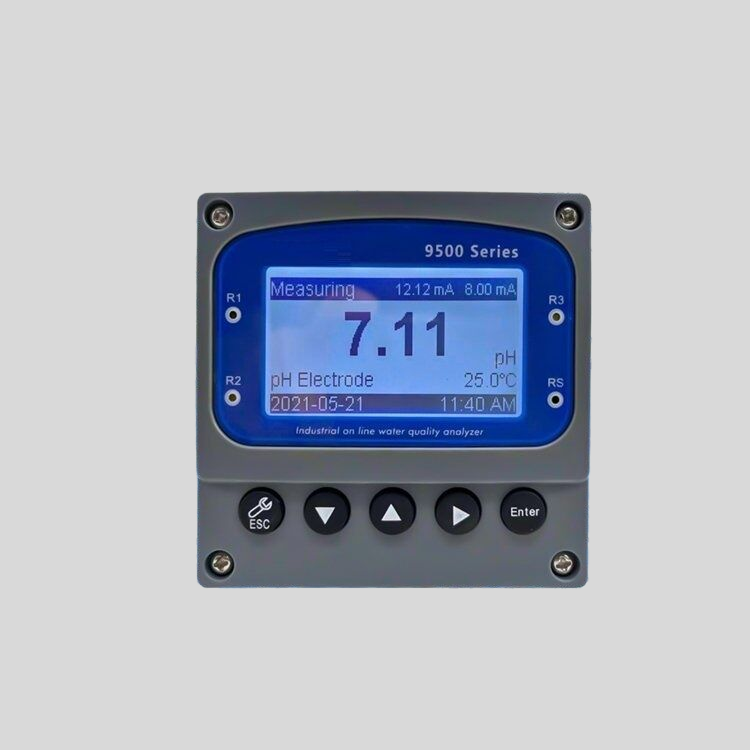
Similarly, in the food and beverage industry, conductivity meters are used to monitor the quality of ingredients and finished products. By measuring the conductivity of liquids such as water, juices, and dairy products, manufacturers can detect any impurities or contaminants that may affect the taste or safety of the product. Conductivity meters are also used to monitor the cleanliness of processing equipment, ensuring that food and beverage products meet strict hygiene standards.
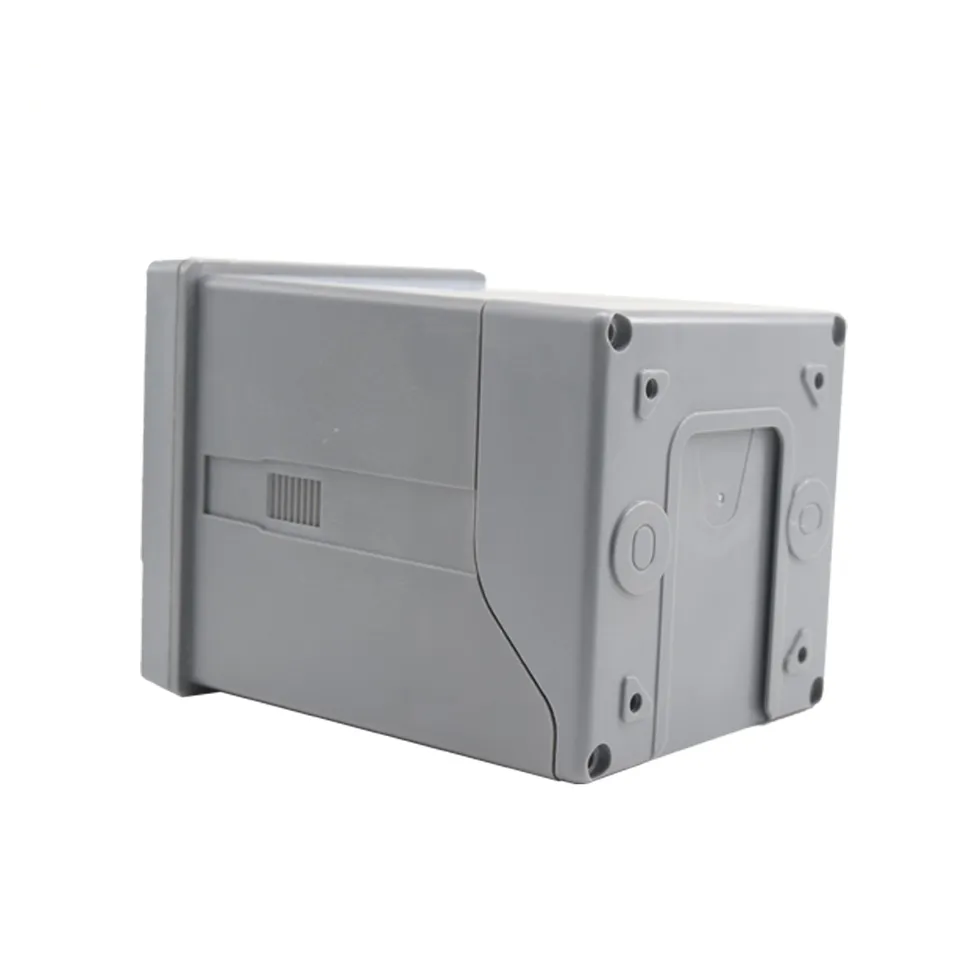
In the water treatment industry, conductivity meters are essential for monitoring the purity of water used for drinking, irrigation, and industrial processes. By measuring the conductivity of water samples, water treatment plants can detect the presence of dissolved solids, salts, and other contaminants that may affect the quality of the water. This information is crucial for ensuring that water meets regulatory standards and is safe for consumption.
Conductivity meters are also widely used in chemical manufacturing to monitor the concentration of solutions used in various processes. By measuring the conductivity of chemical solutions, manufacturers can ensure that the correct amount of ingredients is being used, leading to consistent product quality and reduced waste. Conductivity meters are particularly useful in industries such as electroplating, where precise control of solution concentration is essential for achieving the desired finish on metal surfaces.
| ROS-2210 Double-Stage Reverse Osmosis Program Controller | |
| 1.water source water tank without water protection | |
| 2. Pure tank low level | |
| 3.Pure tank high level | |
| Acquisition signal | 4.low pressure protection |
| 5.high pressure protection | |
| 6.pretreatment regeneration | |
| 7.manual/automatic control | |
| 1.water inlet valve | |
| 2. flush valve | |
| Output control | 3. low pressure pump |
| 4.high pressure pump | |
| 5.conductivity over standard valve | |
| Measuring range | 0~2000uS |
| Temperature range | Based on 25℃, automatic temperature compensation |
| AC220v±10% 50/60Hz | |
| Power supply | AC110v±10% 50/60Hz |
| DC24v±10% | |
| Medium temperature | The normal temperature electrode<60℃ |
| High temperature electrode<120℃ | |
| Control output | 5A/250V AC |
| Relative humidity | ≤85% |
| Ambient temperature | 0~50℃ |
| Hole Size | 92*92mm(high*wide) |
| Installation method | The embedded |
| Cell constant | 1.0cm-¹*2 |
| Display usage | Digital display: conductivity value/temperature value; Supporting RO process flow chart |
| 1.Electrode constant and type setting | |
| 2.Conductivity overrun setting | |
| 3.Flush Settings at intervals of * hours | |
| Main function | 4.Flushing time setting |
| 5.RO membrane running time setting | |
| 6.Power on automatic operation/stop setting | |
| 7.Mailing address, baud rate setting | |
| 8.Optional RS-485 communication interface | |
Overall, conductivity meters are versatile tools that play a crucial role in ensuring the quality and safety of products in a wide range of industries. By providing accurate and reliable measurements of solution conductivity, these instruments help manufacturers maintain consistent product quality, meet regulatory standards, and reduce the risk of contamination. Whether used in pharmaceuticals, food and beverage, water treatment, or chemical manufacturing, conductivity meters are indispensable tools for ensuring the integrity of products and processes.

